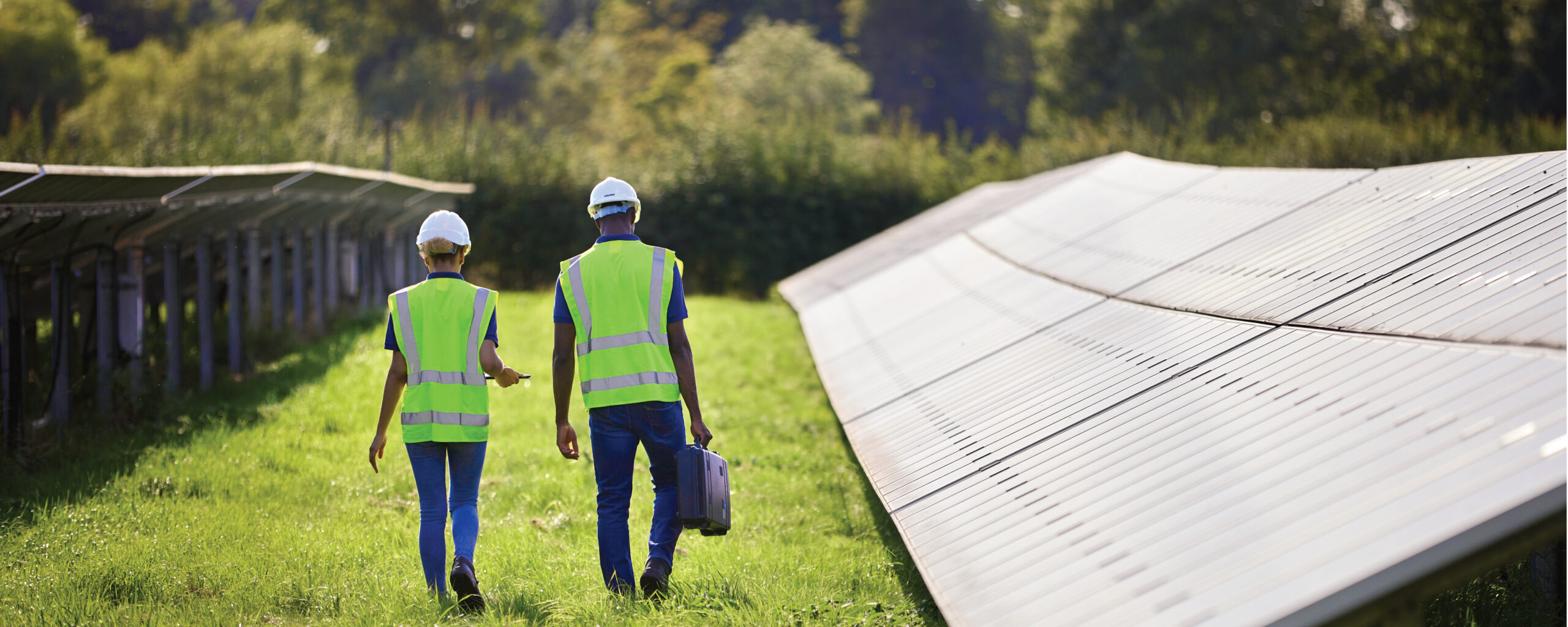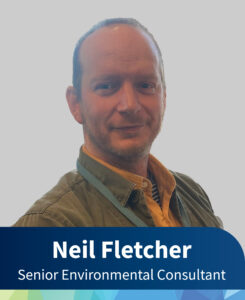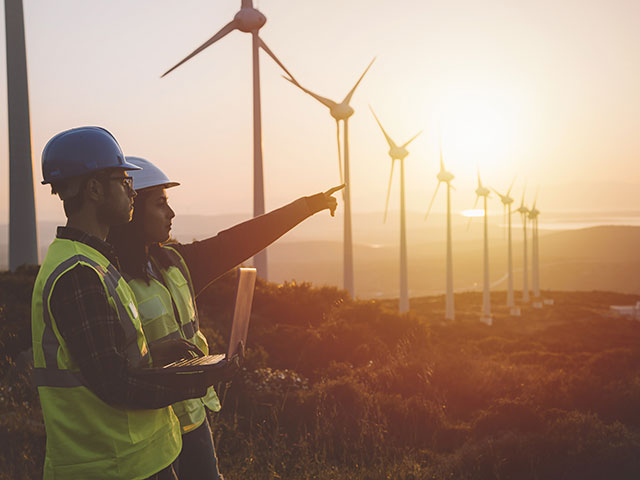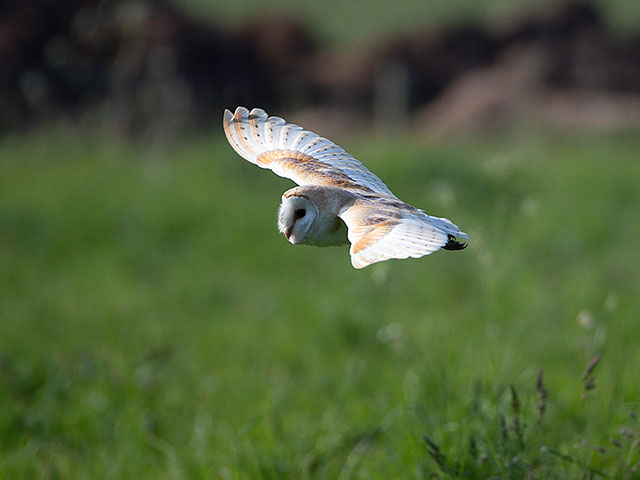
Neil Fletcher, Senior Environmental Consultant specialises in assessing noise impact within the renewable energy landscape. From tonality challenges to regulatory adherence, Neil helps clients by conducting baseline surveys, undertaking compliance checks against industry standards and developing robust methodologies.

What are the primary sources of noise within a solar farm and how do they impact the surrounding environment and local communities?
Predominantly, the noise comes from the inverters and transformers. The noise from inverters is generally associated with the cooling fans which operate when the inverter exceeds a specific temperature and is generally broad-band (uniform) in nature. Large substation transformers can have tonal characteristics particularly around the 100 Hz frequency (low frequency hum – twice the frequency of mains electricity) and multiples thereof.
How do noise levels in solar farms typically align with noise regulations and what challenges do these regulations pose for solar farm developers?
Solar farms can have acoustic issues, particularly the more sizeable ones. Most of the solar farm projects are based in a rural setting due to the space requirements for panels and battery storage systems. These rural settings can have typically low existing background noise, especially at night, and they are usually relatively flat with no intervening structures to provide screening. Therefore, a comparison of the existing background noise with the predicted noise levels associated with a proposed solar farm can identify adverse impacts, especially at night.
Solar farms should be designed and assessed with noise compliance in mind. National policy and guidance provide target criteria which must be adhered to. Therefore, developers are required to undertake a noise assessment to demonstrate that the development does not give rise to significant impacts on health or the quality of life.
Could you explain the methodologies and equipment Tetra Tech uses to measure noise in solar farm environments?
A standard baseline noise survey would be undertaken to establish the existing noise climate at locations representative of the nearest and potentially most effected properties. The data collected would then be used in a noise assessment to assess against the relevant standards, such as BS 8233:2014 and BS 4142:2014. The purpose of this is to ensure that the development is compliant with the National Planning and Policy Framework and Noise Statement for England. Other factors to consider when assessing the potential impact of a solar farm include:
- The nature of the area/setting
- The existing noise climate in the area
- The character of the noise generated and,
- The level of noise generated
What are some effective noise mitigation techniques employed in solar farms?
It is important to consider noise during the design stages of the development including;
- Maximising the distance between noise sources and sensitive receptors.
- Using existing noise sources to provide masking e.g. road traffic noise.
- Using natural screening where possible e.g. hills and bunds.
- Obtaining robust noise source information either by measurement or from manufacturers.
Where mitigation is recommended there are a few methods that can be put forward:
- Noise barriers – including acoustic fencing or an earth bund to surround noisy equipment.
- Plant specific mitigation such as identifying alternate operating modes, product specific enclosures or acoustic louvres to attenuate noise from vents.
How do solar farm developers engage with local communities to address noise concerns and ensure a harmonious relationship with nearby residents?
Solar farm developers undertake multiple phases of consultation with local communities and stakeholders to ensure members of the community have access to information regarding the proposals and that developers can understand community feedback.
Initial phases of consultation could include launching a website to act as a hub of information on the proposals and key milestones of the development. Posting information to local properties and holding events in the local area.
As the renewable energy sector continues to expand, what innovations or trends do you foresee in the field of noise assessments for solar farms, and how will they shape the future of the industry?
Although most people are in favour of harnessing alternative renewable energy resources, a common area of public concern regarding solar farms is their scale and the belief that valuable agricultural land is being taken up which should be used to tackle food shortages. Innovations in the renewable energy resources field in the foreseeable future particularly regarding solar farms, are likely to be in the selection of where solar panels are located. For example, ensuring that new industrial and commercial buildings have panels located on roof tops, floating solar farms – solar farms installed on the surface of a body of water, solar panels along railway tracks, solar windows on high-rise buildings in cities and new innovative locations being introduced to harness power.


